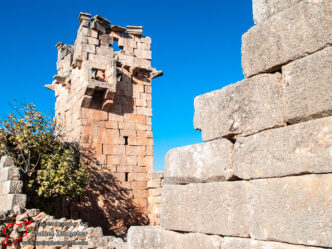
Jeradeh جرادة
Jeradeh (جرادة) was a fairly extensive Byzantine settlement on the eastern edge of Jebel Riha (جبل ريحا), the ruins today spread throughout a …

Jeradeh (جرادة) was a fairly extensive Byzantine settlement on the eastern edge of Jebel Riha (جبل ريحا), the ruins today spread throughout a …
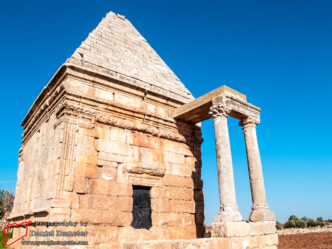
al-Dana al-Janoubiyeh (الدانا الجنوبية) is a modern village on far eastern edge of Jebel al-Zawiyeh (جبل الزاوية) and Jebel Riha (جبل ريحا) which …
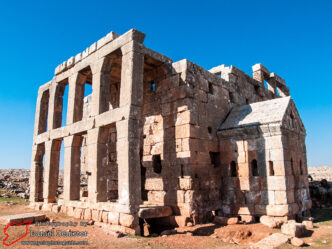
Qasr al-Banat (قصر البنات) is a surprisingly well preserved Byzantine building to the north of al-Dana al-Janoubiyeh (الدانا الجنوبية). It is three …
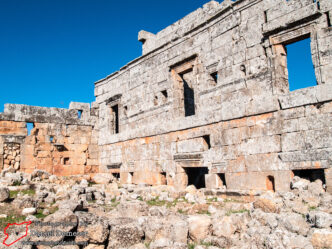
Bashila (بشيلا) is a small Byzantine site in the southern portion of Jebel al-Zawiyeh (جبل الزاوية). The site has a particularly large and …

The remains of al-Breij (البريج), formerly the Monastery of Saint Daniel, are located on the eastern end of Jebel Barisha (جبل باريشا). This …
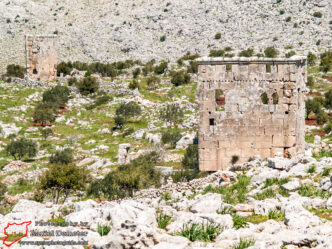
The Byzantine site of Sarfud (صرفود) is spread out over rocky hills north of the road linking the town of Sarmada (سرمدا) with Kafr …
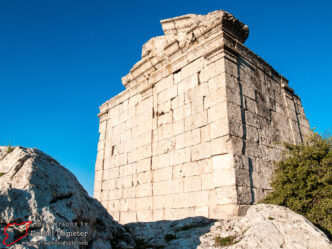
Baqirha (باقرحا), situated on the northern edge of Jebel Barisha (جبل باريشا) and overlooking the Plain of Amuq (to the east of Antioch), …
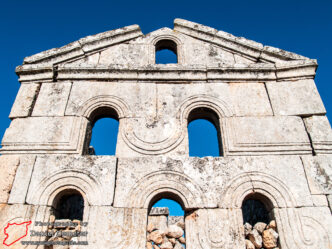
The single Byzantine church of Deirouni (ديروني) is located between the sites of Baqirha (باقرحا) and Deir Qeita (دير قيتا) on the northeastern edge of Jebel …
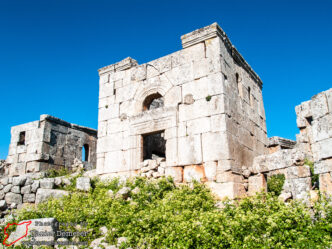
Deir Qeita (دير قيتا) is one of several Byzantine-era sites on the northeastern edge of Jebel Barisha (جبل باريشا). The site contains the remains of several …
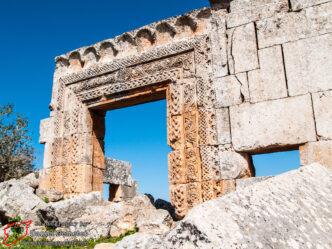
The Byzantine-era site of Babisqa (بابسقا) is spread throughout a modern village on the northeastern edge of Jebel Barisha (جبل باريشا). The site contains the …